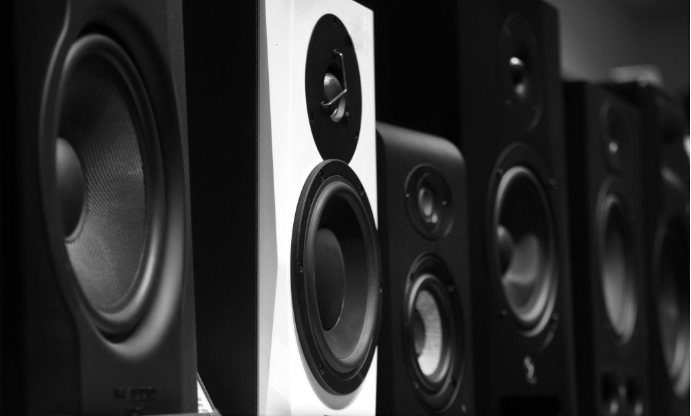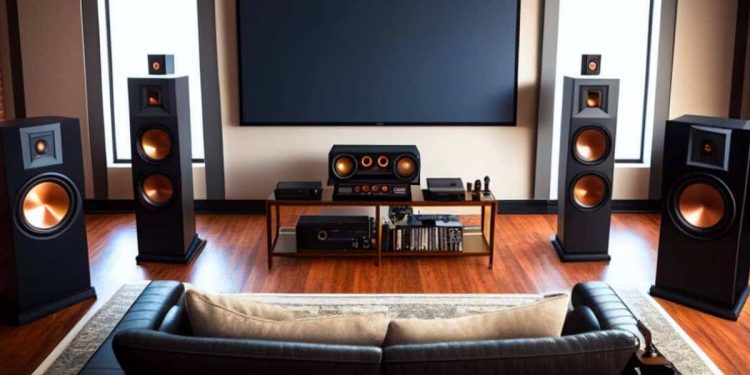A surround sound system can take your home entertainment to the next level, instantly making your movie and video game experience more immersive, enjoyable and high-quality. Having a good speaker system is important if you want to get the best sound. However, you also need to make sure it’s set up to work optimally.

If you’re looking to invest in a surround sound system that’s capable of blowing your socks off, you want to get all the details right to improve the quality of any audio you listen to. In this guide, we’ll share some tips to help ensure you get the most out of your surround sound system.
Using the Right Equipment
Aside from having a quality sound system, you also need to make sure all the equipment you use is up to standard. For example, there’s no point having high quality speakers with a receiver that’s not capable of transmitting a good range of frequencies. The receiver is a crucial bit of equipment in any surround sound setup, as are the cables you use the connect everything together.
Standard audio cables are normally good enough, but if you want the highest quality, you should look into optical cables. These transmit signals using light and fibre optics rather than electrical current through standard copper wiring. This is far more efficient and allows a larger amount of data to be transmitted in a shorter period of time.
If you’re not getting a great sound out of your speakers, you may also need to upgrade these depending on their specifications. Elite speakers will give you the best possible sound, and the speakers alone account for around 75% of the audio quality.
Room Acoustics and Speaker Placement
The acoustics of the room will have a big impact on the quality of your setup too. While you may not be able to change the shape and dimension of your room, you can move your surround sound system to a room where it will have a bigger impact. For example, square shaped rooms are typically worse for acoustics.
Generally, you want to set up your system in a room where the width is 1.6 times the height and the length is 2.6 times the height. Interestingly, you also want to avoid hard surfaces, as they’ll reflect sounds. Carpeted floors are better for sound systems, and furniture will also help absorb the acoustics.
Choosing where you position your speakers is almost as important as the type of speaker you choose. Ideally, they should be head height when you’re sitting down, facing the position you’ll be in when you’re listening to them. The front two speakers should both be about the same distance away from your listening position. Make sure you place the surround speakers correctly too, so that sound waves are reaching you from all sides. The subwoofer can be placed anywhere, preferably on the floor.
Use the Correct Audio File Formats and Calibrate Speaker Levels
Don’t forget to use the correct audio formats to improve the sound quality. It’s important to use lossless file formats that are less compressed. This means they contain all the information from the original studio master track and will sound much better as a result. While it might not seem like a huge difference, your ears will soon get used to the better audio quality once you start listening.
You can calibrate your speakers based on the room size, speaker placement and personal preference. This can be difficult to do if you’re not used to it, but there are guides to explain how it’s done. You just need to adjust the receiver using the microphone and program.







